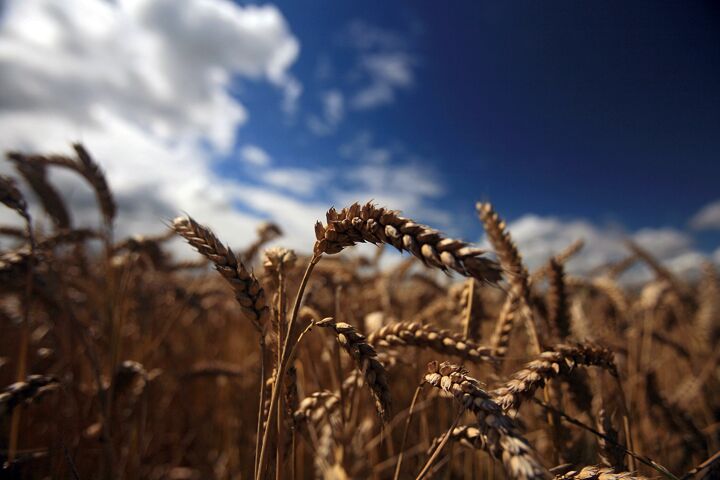
Plunging Grain Supply Up Against Soaring Demand
Grain is quickly becoming one of the world’s hottest commodities as it sinks into short supply, according to Joseph Dancy in a new publication titled “Panic Buying of Agricultural Sector as Global Grain Inventories Hit Record Lows.”
Wheat hit over $10 a bushel in the futures market last month, and rice also set a new all-time record. Soybeans hit a 34-year high, and corn was at a nine-month peak. The Canadian Wheat Board reported that wheat prices will remain high, pointing to low global inventories of the grain as the cause.
Meanwhile, Dancy reports, last month officials forecasted that wheat supplies in the United States, which is the world’s largest wheat exporter, will hit a 60-year low. Soybean stocks are expected to decline 68 percent from last year, and Goldman Sachs has adjusted its 12-month forecast from $9 a bushel to $14.50. Corn may rise from $4.40 a bushel to $5.30 a bushel. Rice, a crucial staple for half of the world’s population, is near a 20-year high.
Low stockpiles have many grain importers worried. Despite increased wheat prices, demand for American wheat exports is high. “Overseas buyers are purchasing grain, anticipating the U.S. will run out of wheat. Analysts claim this may happen in the market for hard red winter and white wheat. Wheat exports ‘simply can not be sustained at current levels’ according to agricultural experts” (ibid.).
At the same time, Russia and China are taking export cap, levy and tariff measures to restrict outflows of their grain.
The relatively new demand for crops for biofuel is also pinching supplies, and a new U.S. energy bill calls for boosting current ethanol use more than 500 percent to 36 billion gallons per year. Almost of a quarter of this year’s corn crop in America will go to ethanol production, up from 14 percent just two years ago.
The weather is factoring in as well, with almost 30 percent of the United States in moderate to extreme drought.
According to the International Food Policy Research Institute in Washington, d.c., the world is eating more than it produces, and demand may continue to rise for years to come. Dancy also reports that the United Nations Food and Agriculture Organization calls the situation an “unforeseen and unprecedented” shift in the global food system, which will have political ramifications.
Dancy writes that the situation means good news for investors in agriculture. However, while shrewd traders might be able to make a few bucks off the trend in the short run, the larger implications will prove to be troubling for everyone who eats. Staple food shortages and rising food prices across the board mean more than just higher prices at the checkout line. Combined with the precarious global balance of power and the increasing likelihood of widespread warfare, not to mention increasingly catastrophic weather patterns, short food supplies could indeed cause panic for more than just investors.
Weather catastrophes, crop failures, disease, and even violent conflict resulting in fuel shortages could instantly make the food on your plate a much rarer morsel. To find out more about this underreported trend, read “When the Food Runs Out.”
